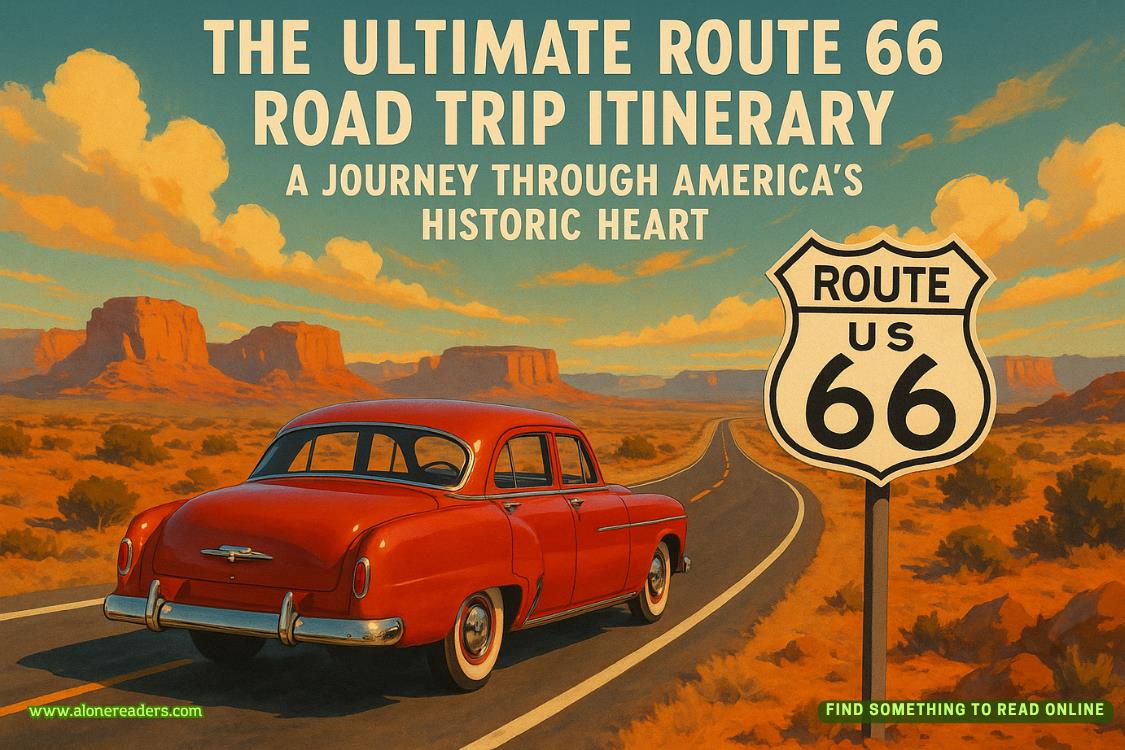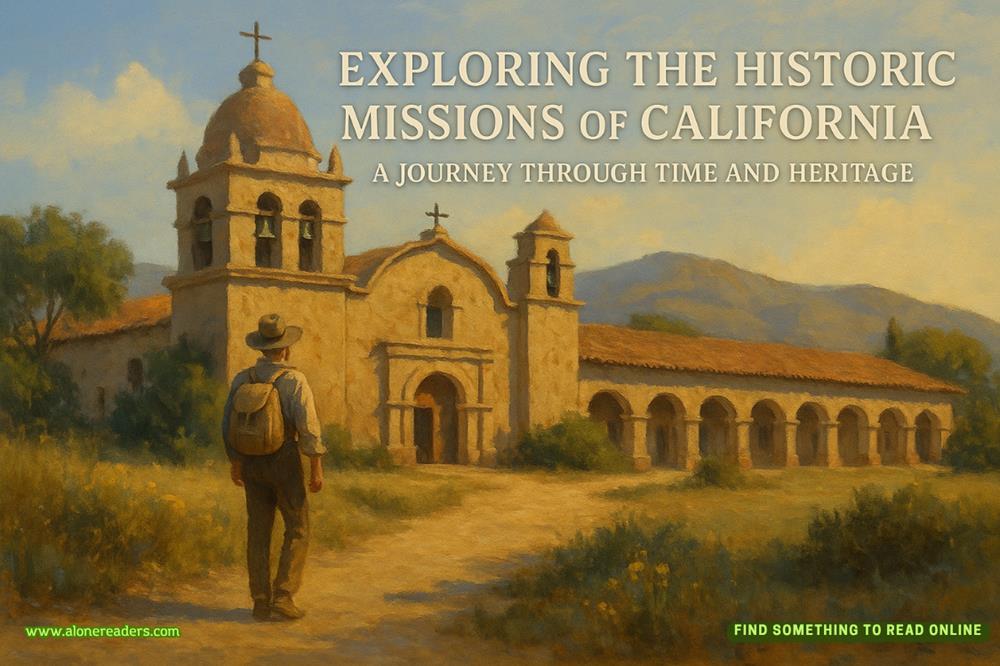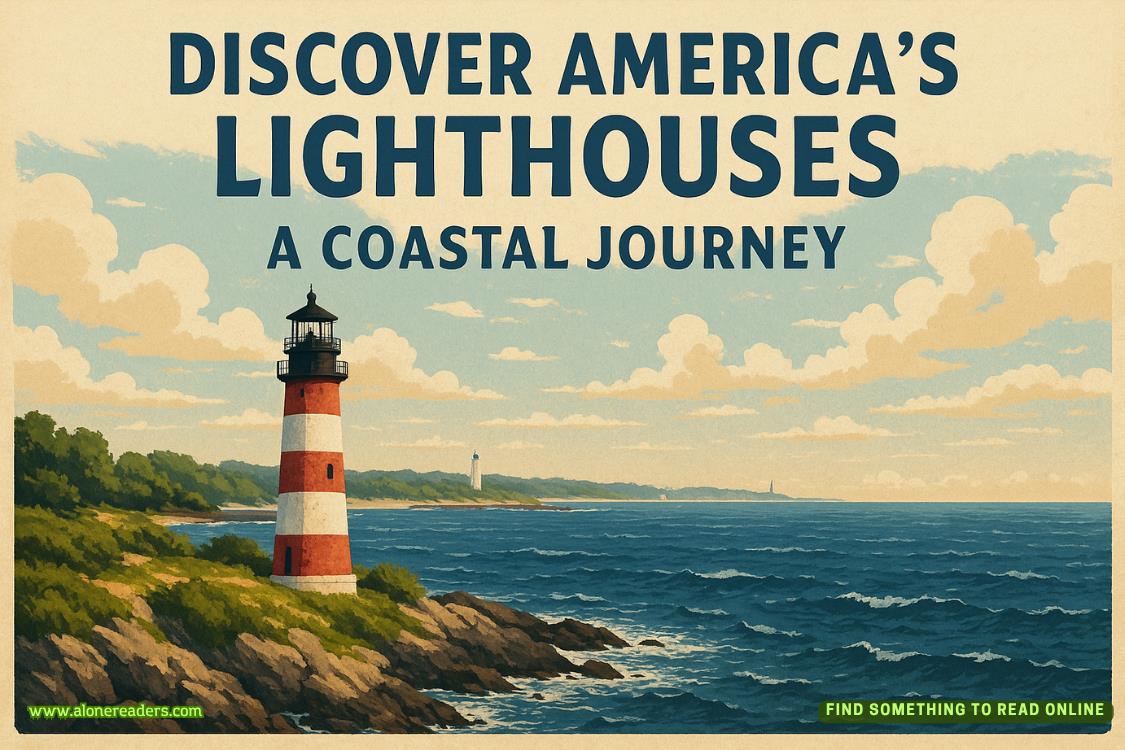Page 41 of Mating With My Grumpy Alphas
“And I realized I missed it too much to keep hiding from it.” She looked around at the activity, her photographer’s eye already assessing light and composition. “What do you need?”
For the next two hours, I watched Willa work. And it was clear within minutes that she wasn’t just professionally trained. She was gifted. Her movements were fluid and confident, adjusting for changing light conditions without conscious thought, anticipating animal behavior with the intuition that came from years of experience.
She captured a red-tailed hawk’s first tentative wing stretches after surgery. A family’s wonder as they watched injured raccoon kits play in their recovery enclosure. The concentrated focus of Dr. Martinez explaining wing anatomy to a group of fascinated children.
But it was when she photographed the great horned owl, our success story from her first week in town, that I understood the true scope of what Sterling had stolen from her.
The owl was being prepared for release evaluation, and Willa positioned herself at exactly the right angle to capture both the bird’s dignified composure and the careful attention of the rehabilitation staff. She worked silently, patiently, waiting for the perfect moments without disturbing the process.
“She’s beautiful,” Willa said softly, lowering her camera as the evaluation concluded. “Strong and alert. Ready to go home.”
“Dr. Martinez thinks she’ll be cleared for release in a couple of weeks,” I said. “Back to the same area where we found her.”
“Full circle.” Willa smiled, and it was the first completely unguarded expression I’d seen from her. “That’s what this work is really about, isn’t it? Giving wild things the chance to be wild again.”
She understood. She got why this mattered in a way most people never did.
“That’s exactly what it’s about,” I said. “And what you just documented will help other people understand it too.”
As volunteers began cleaning up and families headed home, Willa continued taking photos. The golden hour light was perfect for documenting the center’s facilities, and she moved through the space like she belonged there.
“Wes?” Dr. Martinez appeared at my elbow, her expression amazed. “Who is this photographer? Her work is incredible.”
“Willa Rowan. She’s new in town, used to do professional wildlife and conservation photography.”
“Used to? Why did she stop?”
I glanced at Willa, who was crouched beside an enclosure capturing the perfect shot of a recovering fox. “Personal reasons. But I think she might be ready to start again.”
“I hope so. These images could revolutionize our fundraising efforts.” Dr. Martinez shook her head in amazement. “She has an incredible eye for capturing both the scientific and emotional aspects of rehabilitation work.”
When the event officially ended, I found Willa sitting on a bench overlooking the recovery enclosures, scrolling through her photos with the focused attention of someone seeing their own work clearly for the first time in months.
“How do you feel?” I asked, settling beside her.
“Like I’ve been holding my breath for a year and finally remembered how to exhale.” She showed me one of the images on her camera’s screen. “Look at this shot of the hawk. You can see the exact moment she realized her wing was strong enough to support her weight again.”
The photograph was stunning. Not just technically perfect, but emotionally compelling in a way that made you understand the significance of the moment being captured.
“That’s the kind of image that makes people care about wildlife conservation,” I said. “That makes them want to support this work.”
“That’s what I used to love most about this job,” Willa said. “The idea that my images could help protect the animals I was documenting. That I was contributing to something important.”
I watched the soft smile on her face absolutely captivated by the sight of her. How could anyone have wanted to take this part of her away? This was what she’d been born to do and it showed in the way that she put that caring, compassionate piece of herself in every photograph she took.
“Would you be interested in doing more work with the center?” I asked carefully. “We could use ongoing documentation of our programs.”
“I’d like that,” Willa said without hesitation. “More than I expected to like anything involving cameras again.”
As we walked back to the parking lot, Willa’s step was lighter than I’d seen it since she arrived in Hollow Haven. She held her camera with the confidence of someone who remembered they were good at what they did.
“Wes?” she said as we reached our vehicles. “Thank you. For inviting me, for not pushing when I wasn’t ready, for giving me a chance to remember who I used to be.”
“You didn’t lose who you were,” I said. “It just got buried under someone else’s ideas about who you should be.”
She smiled, and it was radiant. “Maybe. But today feels like digging myself back up.”
This was what it looked like when someone remembered their wings worked, I thought as I watched her drive away with her camera gear carefully packed in the passenger seat. This was what healing looked like.















